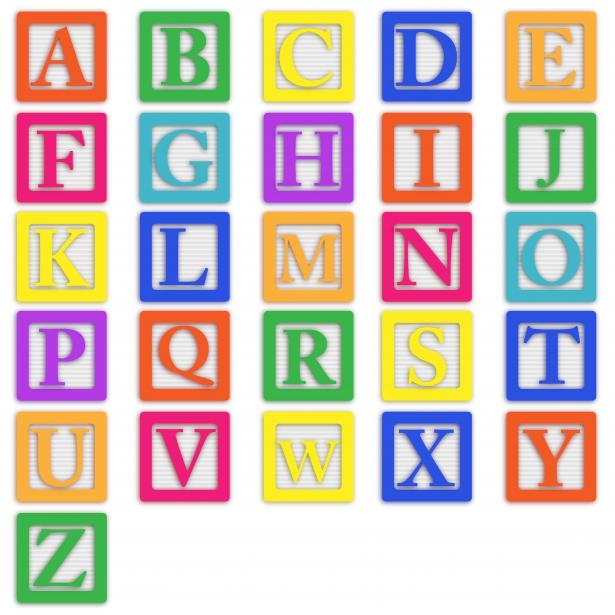 Alphabet blocks, only more numerous?
Alphabet blocks, only more numerous?
From an article by Max Tegmark in New Scientist: Different people mean different things by “consciousness”, including awareness of environment or self. I am asking the more basic question of why you experience anything at all, which is the essence of what philosopher David Chalmers has coined “the hard problem” of consciousness.
A traditional answer to this problem is dualism – that living entities differ from inanimate ones because they contain some non-physical element such as an “anima” or “soul”. Support for dualism among scientists has gradually dwindled. To understand why, consider that your body is made up of about 1029 quarks and electrons, which as far as we can tell move according to simple physical laws. Imagine a future technology … (paywall)
Clunk.
Note: The paywalled New Scientist article is based on an open access paper by cosmologist Max Tegmark:
We examine the hypothesis that consciousness can be understood as a state of matter, \perceptronium”, with distinctive information processing abilities. We explore ve basic principles that may distinguish conscious matter from other physical systems such as solids, liquids and gases: the information, integration, independence, dynamics and utility principles. If such principles can identify conscious entities, then they can help solve the quantum factorization problem: why do conscious observers like us perceive the particular Hilbert space factorization corresponding to classical space (rather than Fourier space, say), and more generally, why do we perceive the world around us as a dynamic hierarchy of objects that are strongly integrated and relatively independent? Tensor factorization of matrices is found to play a central role, and our technical results include a theorem about Hamiltonian separability (defined using Hilbert-Schmidt superoperators) being maximized in the energy eigenbasis. Our approach generalizes Giulio Tononi’s integrated information framework for neural-network-based consciousness to arbitrary quantum systems, and we nd interesting links to error-correcting codes, condensed matter criticality, and the Quantum Darwinism program, as well as an interesting connection between the emergence of consciousness and the emergence of time.
See also: Would we give up naturalism to solve the hard problem of consciousness? Trade the clunk for the question?
We have noted Max Tegmark’s theory before, and also the way in which he seems to have hinted that multiverse skeptic Peter Woit must be a creationist if he harbours doubts.
Follow UD News at Twitter!